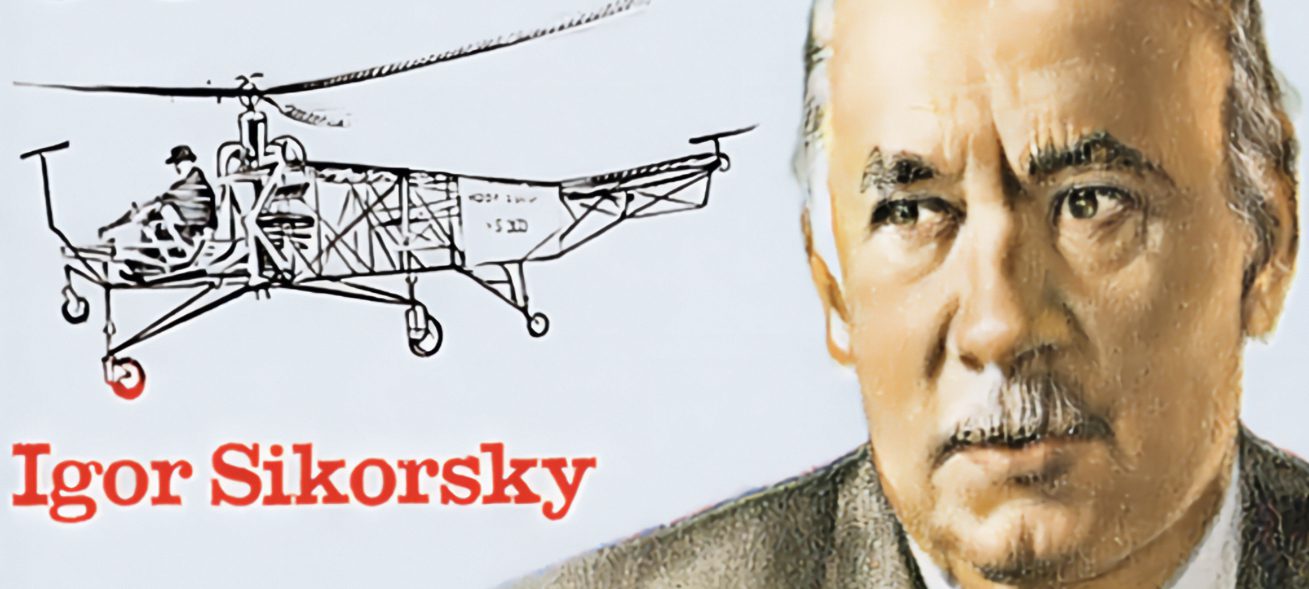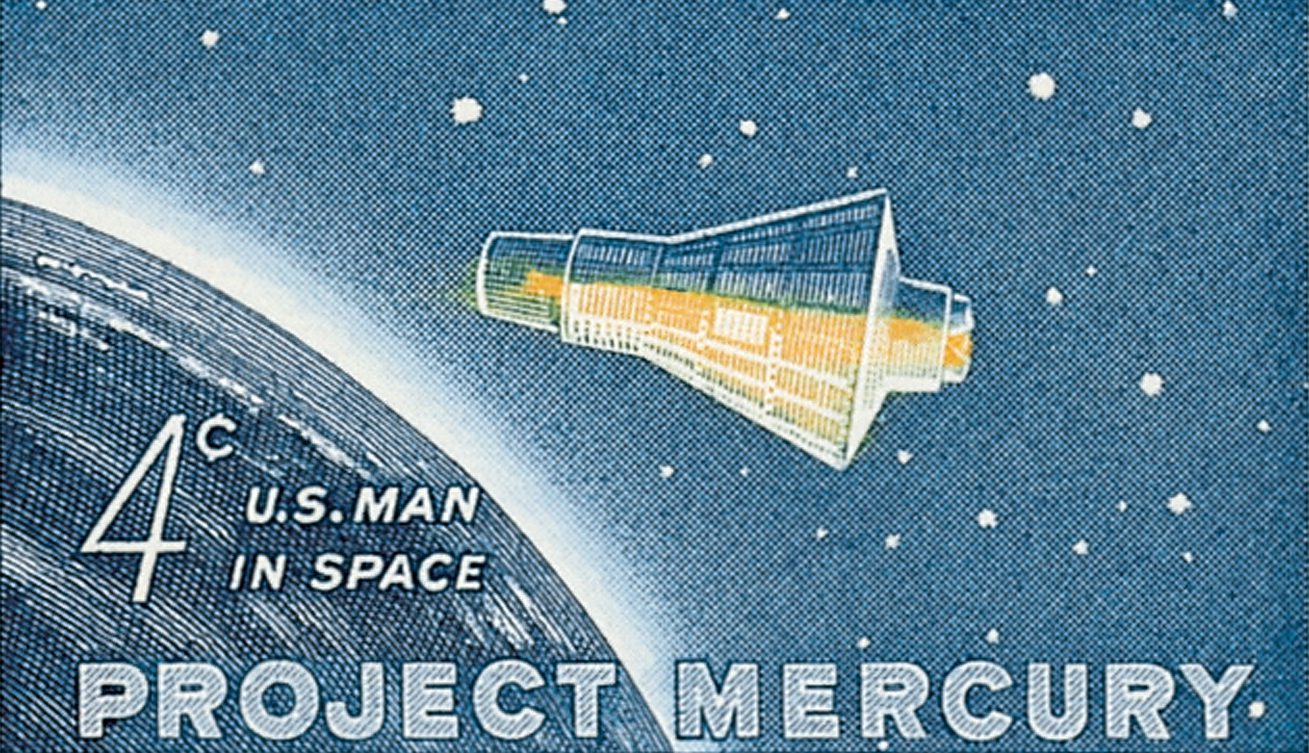First Successful Single-Rotor Helicopter Flight
On May 24, 1940, Igor Sikorsky successfully flew the first single-rotor helicopter. Sikorsky developed the world’s first mass-produced helicopter and one of the first American helicopters used in World War II.









